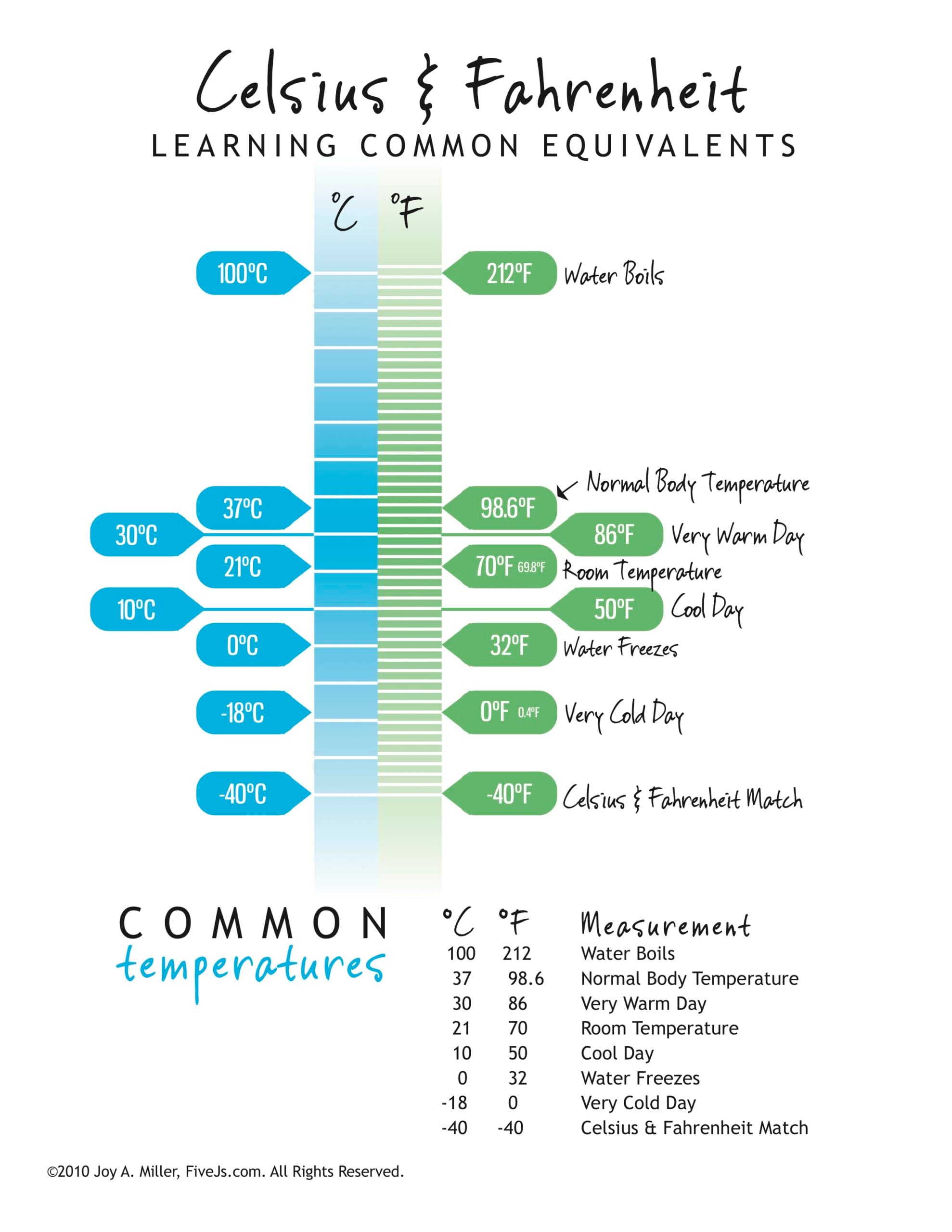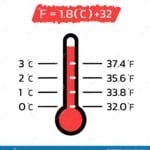Celsius to Fahrenheit: Decoding 35.4°C
Have you ever wondered what 35.4 degrees Celsius feels like or what it means in the more familiar Fahrenheit scale? Let’s unravel the mystery of this temperature conversion and explore its implications.
Converting Celsius to Fahrenheit
Converting between Celsius and Fahrenheit is like translating between two languages. Luckily, a simple formula does the trick:
°F = (°C × 9/5) + 32
Let’s plug in 35.4 degrees Celsius:
°F = (35.4 × 9/5) + 32
= 95.72°F
Therefore, 35.4 degrees Celsius equals a warm 95.72 degrees Fahrenheit.
What Does 95.72°F Feel Like?
Imagine a pleasant summer day – that’s around 35.4 degrees Celsius. It’s warmer than your average body temperature, which hovers around 37°C (98.6°F). You’d probably want to find some shade and enjoy a refreshing drink!
Why Temperature Conversion Matters
Understanding both Celsius and Fahrenheit is surprisingly useful in various real-world situations:
- International Travel: When planning trips abroad, especially to countries that use Celsius, you’ll need to convert temperatures to pack appropriate clothing and prepare for the weather.
- Culinary Arts: Many recipes, especially those from different parts of the world, may use Celsius measurements. Converting to Fahrenheit is essential for achieving the desired results in your cooking.
- Weather Reports: Knowing both scales allows you to interpret weather forecasts effectively, whether it’s a heatwave warning or a cold front approaching.
- Scientific Fields: Scientists often work with both scales, making conversion crucial for accurate data analysis and research.
Is 35.4 Celsius a Fever? Decoding Body Temperature
Now that we understand the conversion, let’s address a common health-related question: Is 35.4°C (95.72°F) a fever?
The answer is likely no. Normal body temperature typically sits around 37°C (98.6°F). A temperature of 35.4°C is actually slightly lower than this average. Doctors generally define a fever as a temperature of 100.4°F (38°C) or higher.
However, it’s essential to remember that body temperature can fluctuate throughout the day and vary slightly between individuals. Factors like age, time of day, activity level, and underlying health conditions can all influence body temperature.
Here’s a breakdown of normal body temperature ranges:
- Average Oral Temperature: 37°C (98.6°F)
- Normal Range: 36.5°C – 37.2°C (97.7°F – 99°F)
If you’re feeling unwell or concerned about your temperature, it’s always best to consult a healthcare professional for personalized advice.
What Does a 35°C Body Temperature Mean?
While 35.4°C (95.72°F) is not a fever, a body temperature of 35°C (95°F) warrants attention. This temperature is significantly lower than the normal range and could indicate a condition called hypothermia.
Understanding Hypothermia
Hypothermia occurs when the body loses heat faster than it can produce it, resulting in a dangerously low core body temperature.
Symptoms of hypothermia can include:
- Shivering
- Confusion
- Slurred speech
- Slow breathing
- Loss of coordination
Potential causes of hypothermia include:
- Prolonged exposure to cold weather or water
- Underlying medical conditions that impair the body’s ability to regulate temperature
It’s important to note that hypothermia is a serious medical condition. If you suspect someone is experiencing hypothermia, seek immediate medical attention.
Is 37.1°C a Fever?
Many individuals wonder if a temperature of 37.1°C (98.8°F) signifies a fever. Using the Celsius to Fahrenheit conversion formula, we find that 37.1°C is within the normal range for most people.
However, it’s crucial to consider individual variations in baseline temperature. While 37.1°C might be normal for one person, it could be slightly elevated for another.
Key takeaways:
- Normal Range: A normal body temperature typically falls between 36.5°C (97.7°F) and 37.5°C (99.5°F).
- Fever Definition: A fever is generally defined as a temperature of 38°C (100.4°F) or higher.
- Individual Variations: Factors like age, time of day, and activity level can influence body temperature.
If you have concerns about your temperature or are experiencing other symptoms along with an elevated temperature, consult a healthcare professional for proper evaluation and guidance.
- Unraveling Einstein’s Legacy: Who Inherited His Genius? - July 14, 2025
- Unlock Einstein’s Family Tree: Bernhard Caesar & Untold Stories - July 14, 2025
- Unveiling Bernhard Caesar Einstein: His Life & Albert Einstein’s Legacy - July 14, 2025
















